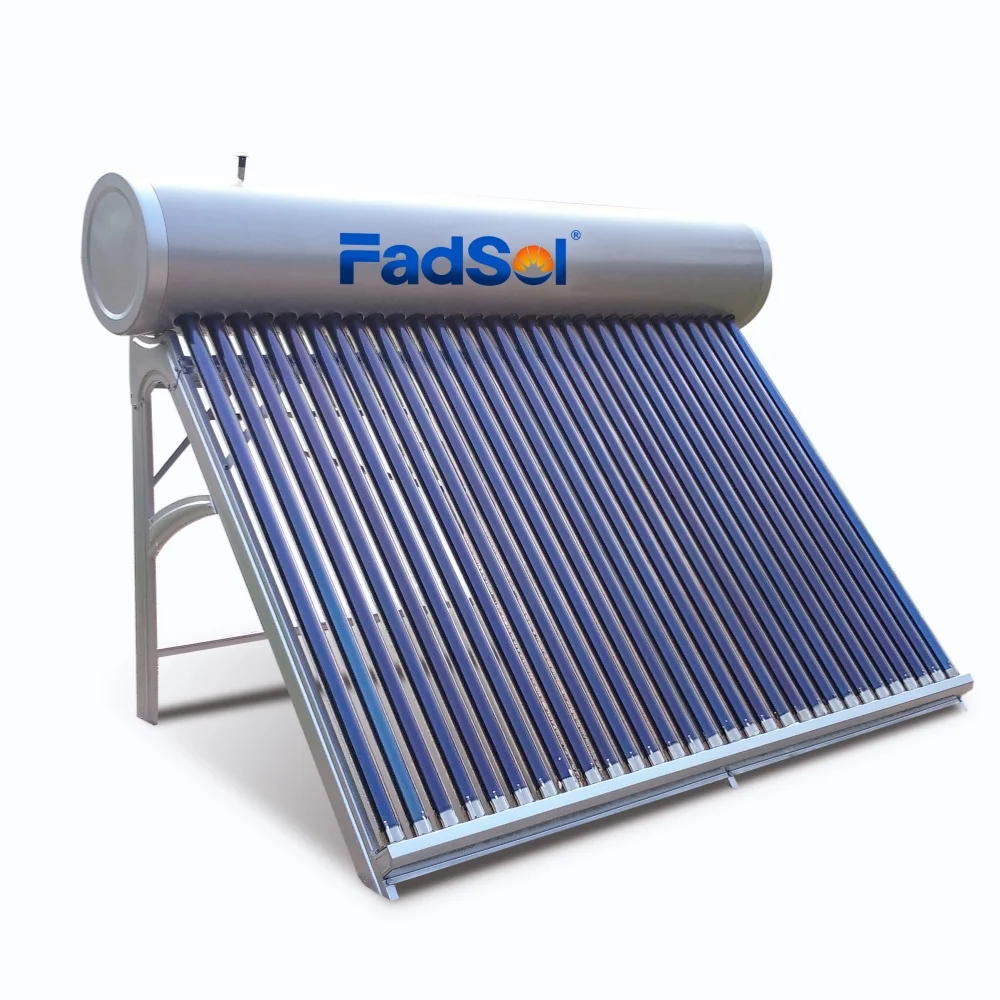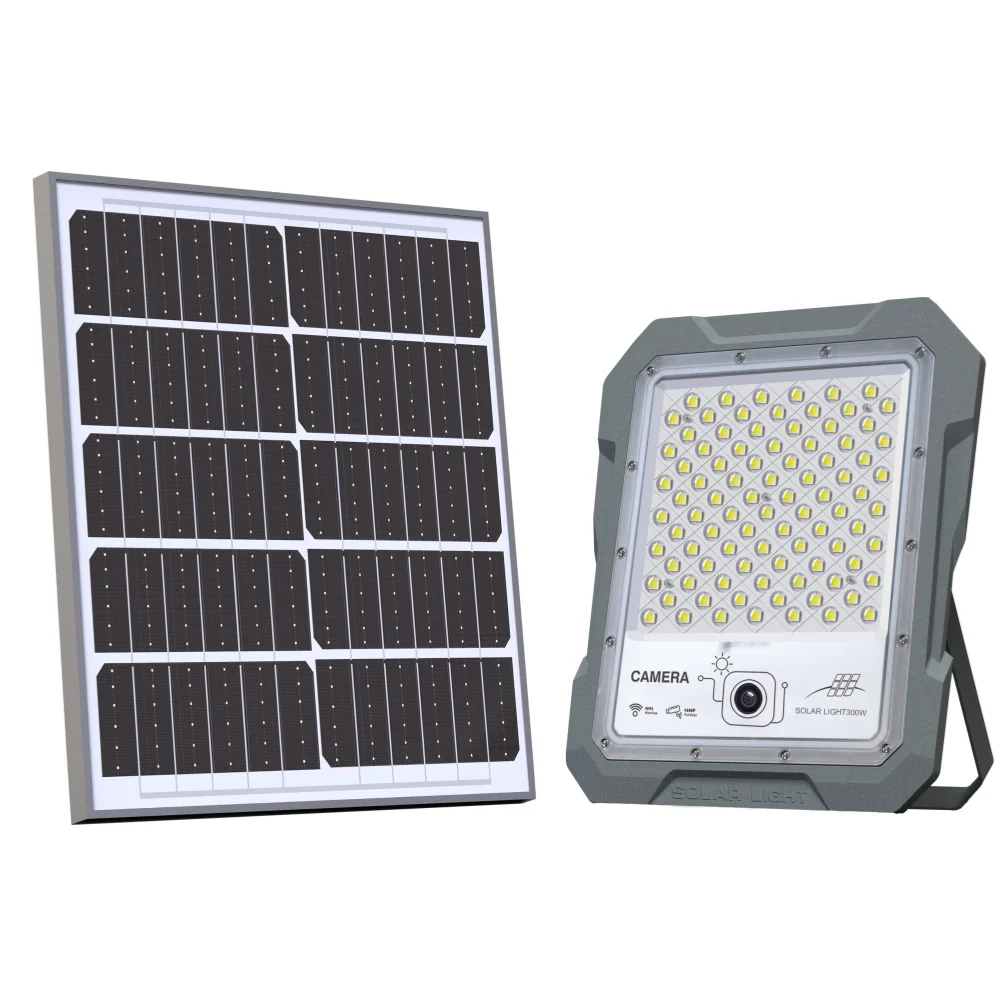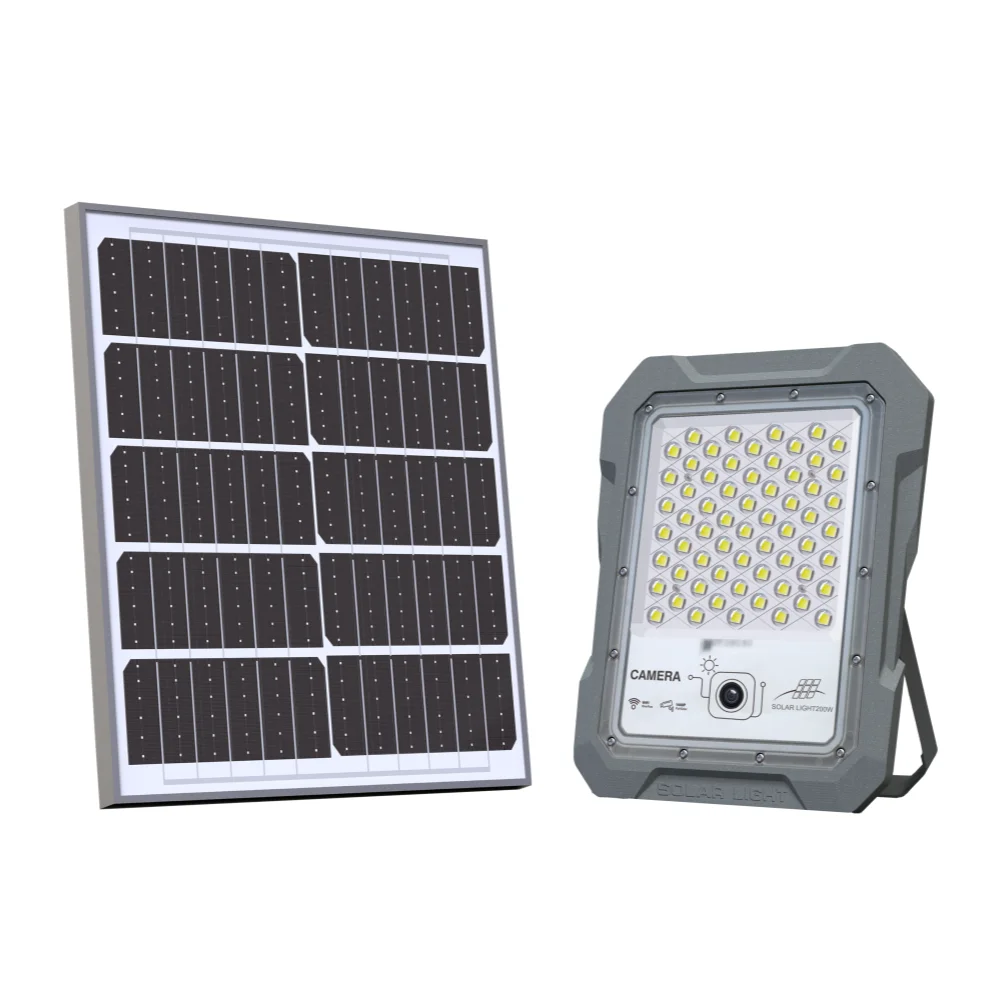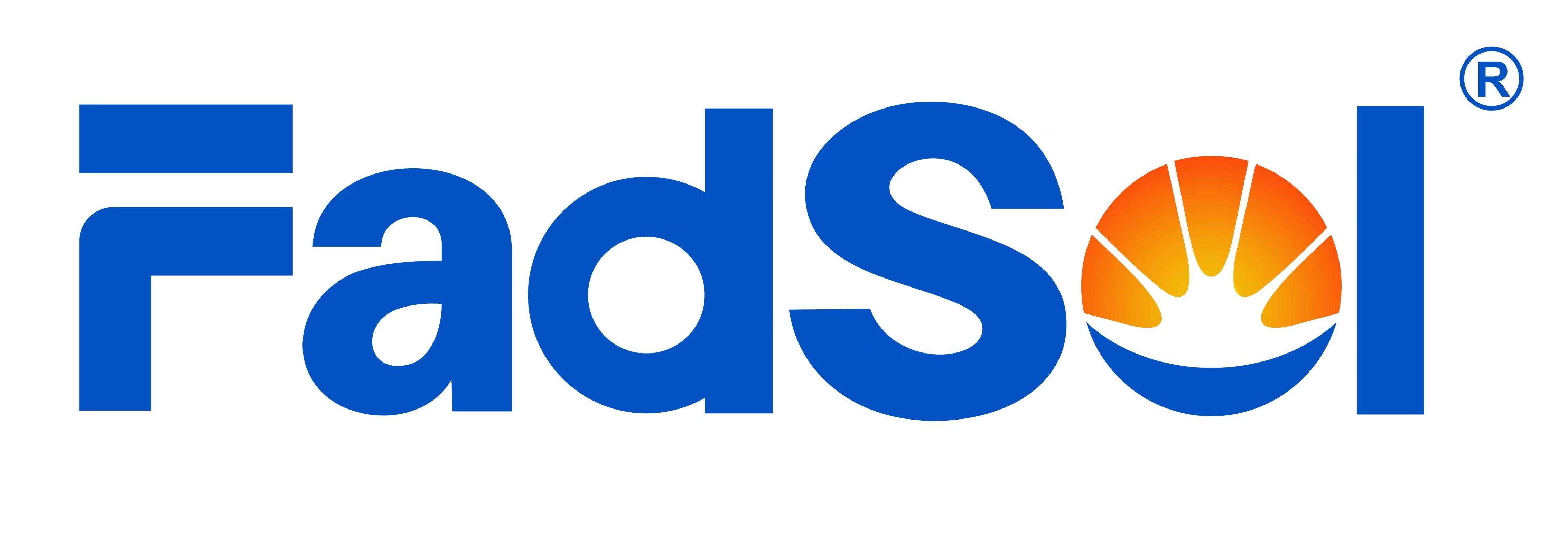Let's discover the best way to use solar generators during camping emergencies!
Key Features to Look for in Solar Generators for Camping
Power Capacity: Matching Wattage to Camping Needs
Understanding the power capacity of a solar generator is crucial for fulfilling your camping needs. It's essential to calculate the total wattage needed for your camping trip by first assessing the wattage requirements of various camping equipment, such as lighting, refrigerators, and charging devices. For instance, a laptop typically uses between 50 to 100 watts, while LED lights only require about 10 watts. To ensure you select an appropriate solar generator, sum up the wattage of all devices you plan to use and choose a generator that can handle this total wattage comfortably.
Portability: Weight, Size, and Durability
Portability is a key factor when selecting a solar generator, given the need for storage and transportation during a camping trip. Opt for a generator made from durable materials that can withstand outdoor conditions, like rugged exteriors and water resistance. Additionally, consider options with collapsible or compact designs, which cater to space-saving needs. Lightweight generators are easier to carry, making them more suitable for various forms of transport during camping.
Solar Charging Efficiency and Panel Compatibility
Solar charging efficiency is a critical attribute when evaluating solar generators. Monocrystalline panels generally offer higher efficiency rates compared to polycrystalline panels, impacting the generator's performance significantly. Ensuring that your solar generator is compatible with your choice of solar panels is also important for enhanced efficiency. In terms of average charging times, a generator with a monocrystalline panel might charge quicker due to better efficiency, saving precious time during a camping trip.
Battery Type: LiFePO4 vs. Lithium-Ion Explained
When it comes to battery type, choosing between LiFePO4 and Lithium-Ion largely depends on your specific needs. LiFePO4 batteries provide safer, longer-lasting power, with high discharge rates and robust temperature resistance. On the other hand, traditional Lithium-Ion batteries tend to be lighter and more compact but may not last as long under frequent use. Statistical data shows that LiFePO4 can endure thousands of cycles with minimal capacity reduction, making it an excellent choice for regular campers seeking reliability over time.
Top Solar Generator Picks for Camping Emergencies
Compact Units for Lightweight Backpacking
For solo travelers seeking efficient power solutions, compact solar generators are essential. One impressive option is the EcoFlow River 2, known for its lightweight nature and capability to power small devices. It strikes a fine balance between weight and utility, providing ample energy without adding extra heft to your backpack. Weighing only 7.7 pounds, it's ideal for short trips where mobility is crucial. User testimonials highlight its ease of use, with many praising its compact design that fits seamlessly into backpacking gear. Such features make compact solar generators a reliable companion for any solo outdoor adventure.
Mid-Range Generators for Family Camping Trips
Mid-range solar generators are perfect for family camping excursions, meeting the needs of several devices and ensuring a smooth camping experience. The EcoFlow River 2 Max stands out with its 512Wh capacity, allowing multiple devices to charge simultaneously. It's especially beneficial for families, as it accommodates gadgets like camping fridges and laptops with ease. Additionally, many of these generators come bundled with solar panels, enhancing the convenience of off-grid energy sourcing. Recommendations from camping bloggers and user reviews on platforms like Amazon highlight the generator's reliability and efficient capacity for family use.
High-Capacity Options for Extended Off-Grid Stays
For campers planning extended off-grid adventures, high-capacity solar generators offer a dependable power supply. Models like the EcoFlow DELTA Pro, with its 3,600 Wh capacity, can support multiple appliances over several days without exposure to sunlight. These generators excel in providing long-term power support, even for high-energy devices like RV air conditioners. Important factors include diverse recharging options and extensive battery lifespans, ensuring prolonged usage without power loss. Reports show some models sustaining up to 25,000 Wh when paired with additional batteries, making them the ideal choice for comprehensive off-grid setups.
How to Maximize Solar Efficiency in Outdoor Settings
Optimal Solar Panel Placement Techniques
Positioning solar panels correctly can significantly influence their efficiency, especially in outdoor settings. The angle and direction of the solar panels play a crucial role in capturing maximum sunlight. South-facing panels typically receive the most direct sunlight throughout the day, making this orientation ideal. It's essential to ensure that panels are not placed in shaded areas, as even a small obstruction can drastically reduce their efficiency. Research indicates that panels installed at the optimal angle and direction can increase energy output by up to 25% (Source: Solar Energy Journal). Therefore, understanding and implementing these positioning techniques is vital for maximizing your solar system's potential.
Pairing Generators with Solar Fans for Ventilation
Pairing solar fans with generators enhances both comfort and efficiency, especially during camping trips in hot weather. Solar fans provide much-needed ventilation, reducing reliance on air conditioning, which is often impractical outdoors. Typically, these fans require minimal power—many operate with as little as 10 to 20 watts, making them an ideal match for solar generator setups. When selecting a solar fan, it's crucial to confirm that your generator can accommodate its wattage to avoid overburdening the system. Moreover, portable solar fans, such as the popular [EcoFlow Solar Fan](https://ecoflow.com/products/solar-fan), offer compact designs and adjustable speeds, making them an excellent accompaniment for camping.
Weatherproofing and Sunlight Adaptation Strategies
Weatherproofing your solar setup is essential for maintaining efficiency and longevity. Protective cases and covers shield equipment from elements like rain, dust, and extreme temperatures, which can degrade performance. Options such as UV-resistant covers can prevent sunlight-induced wear on panels and ensure consistent energy capture. Regular maintenance, including cleaning panels, checking connections, and inspecting for damage, further supports efficiency across varying weather conditions. Adapting to sunlight changes with flexible tilt mounts or mounts on mobile platforms allows for optimal alignment with the sun. By integrating these strategies, users can safeguard their solar investments and maintain maximum output despite environmental challenges.
Essential Solar-Powered Camping Accessories
Solar Water Heater 300L: Reliable Hot Water Solutions
Choosing a solar water heater for camping can significantly enhance the experience by providing reliable hot water solutions. The Solar Water Heater 300L is designed for simplicity and efficiency, with its non-pressurized system allowing easy installation and maintenance. It integrates evacuated tube collectors that heat water efficiently, offering economic and practical benefits for outdoor enthusiasts. Installation is straightforward, and the circulation process ensures that cold water in the tank gradually heats, thanks to solar energy. Data from the industry highlights considerable energy savings when using solar water heaters as opposed to traditional systems, making this option not just eco-friendly but also budget-conscious for campers. For more details on this product, [check here](https://www.fadsol.com/product-solar-water-heater-300l-non-pressurized-solar-water-heater-system-for-home-hotel-or-commercial).

IP65 Solar Flood Lights with Security Cameras
Solar flood lights equipped with security features provide vital nighttime visibility and safety, especially important at remote camping sites. These lights, such as the IP65 Waterproof Solar Flood Light, offer multiple wattages for flexible outdoor lighting, ensuring comprehensive coverage. The IP65 rating signifies robust waterproof capabilities, allowing these lights to withstand severe weather conditions, maintaining performance through rain, snow, and dust exposure. Consumers often emphasize their efficacy in real-world scenarios, noting substantial improvements in outdoor security during camping trips. Such feedback highlights the indispensable role of these flood lights in enhancing both lighting and surveillance during nighttime adventures. Explore more about these lights [here](https://www.fadsol.com/product-ip65-waterproof-solar-flood-light-outdoor-remote-control-100w-200w-300w-500w-800w-solar-light-with-camera).

High-Power Solar CCTV Lighting Systems
Utilizing solar-powered CCTV systems during camping trips can significantly enhance security, positioning them as crucial accessories for peace of mind. These systems, like the High Power Solar Flood Lights, combine high-intensity lighting with surveillance capabilities, making them ideal for monitoring large outdoor spaces. They also integrate seamlessly with solar generators for energy efficiency, ensuring long-term functionality without additional power sources. In various camping scenarios, these solar CCTV systems shine as reliable detectors for potential intrusions, backed by expert endorsements praising their effectiveness in safeguarding campsites. These advantages make such systems an asset for campers seeking heightened security. For further insights into these systems, [click here](https://www.fadsol.com/product-high-power-solar-flood-lights-waterproof-ip65-garden-200w-300w-500w-800w-solar-led-outdoor-cctv-flood-light-with-camera).

Safety and Maintenance for Long-Term Reliability
Proper Storage to Prevent Battery Degradation
To ensure the longevity of solar batteries, proper storage is essential. Maintaining an optimal temperature and keeping batteries adequately charged are key. It's best to store solar batteries at a moderate temperature, ideally between 50°F and 86°F, to prevent degradation. Avoid discharging them completely, and during prolonged off-seasons, keep them charged to about 40% to 60%. This preserves their capacity over time. A well-maintained battery can last significantly longer, with statistics showing a reduced lifespan by up to 50% if stored improperly.
Cleaning Solar Panels in Dusty Environments
Maintaining the efficiency of solar panels in dusty environments requires regular cleaning. Dust accumulation can severely impact energy output by blocking sunlight absorption. Depending on your location, cleaning frequency may vary. For instance, a desert environment may necessitate weekly clean-ups, while a forested area might need monthly attention. Experts recommend using soft, non-abrasive materials like microfiber cloths and avoiding harsh chemicals to safeguard the panels. Proper cleaning ensures panels operate at peak efficiency, maximizing their energy-generating potential.
Emergency Shutdown Protocols for Extreme Weather
When camping in areas prone to extreme weather, knowing how to safely shut down solar generators is vital. Begin by disconnecting all devices and turning off the generator to avoid damage from power surges. As soon as severe weather is forecasted, secure solar panels to prevent them from being dislodged by wind. Setting up a weather plan in advance can avert potential mishaps. According to safety organizations, neglecting proper shutdown procedures can lead to electrical hazards and damage to the equipment. A well-thought-out plan ensures the safety of both the equipment and campers, safeguarding your energy setup.
FAQs: Solar Generators vs Traditional Camping Power
Runtime Comparisons: Solar vs Gas Generators
When it comes to runtime efficiency, solar and gas generators present different advantages depending on usage context. Solar generators, harnessing energy directly from sunlight, offer potentially unlimited runtime as long as solar conditions permit. In contrast, gas generators rely on a continuous fuel supply, which can be costly and logistically challenging. According to recent consumer reports, solar generators have an advantage in long-term efficiency and sustainability, especially for extended camping trips. While solar recharging has no ongoing fuel costs, gas generators can garner hefty expenses due to fluctuating fuel prices. However, the initial solar investment may be steep but typically pays off with lower operating costs over time.
Charging Phones vs Powering Coolers: Usage Estimates
Solar generators can effectively power a range of camping essentials, from charging phones to powering coolers. The power consumption for a smartphone typically ranges from 5 to 10 watts, allowing a solar generator with a capacity of 600 Wh to charge a typical smartphone over 60 times. Meanwhile, a portable cooler might require around 50 watts, restricting usage to approximately 10 hours with the same solar generator. My advice is to prioritize critical devices based on your needs; for instance, ensuring communication devices remain charged while rationing power to less essential appliances. According to a survey on camping habits, many prefer using solar power for small devices over power-demanding appliances.
Regulatory Considerations for National Park Use
When planning camping trips to national parks, it is crucial to be aware of regulations concerning solar generator use. Generally, solar generators are allowed due to their silent and eco-friendly nature, aligning with the sustainable practices encouraged by park services. However, it is advisable to verify individual park regulations as permits might be necessary. Some parks may have unique restrictions on noise and air pollution, making solar options preferable. The National Park Service advocates for reducing campsite footprint, and leveraging solar power supports this initiative, promoting responsible camping by minimizing environmental impact.
 EN
EN
 AR
AR FR
FR DE
DE IT
IT PL
PL PT
PT RU
RU ES
ES SW
SW HA
HA
